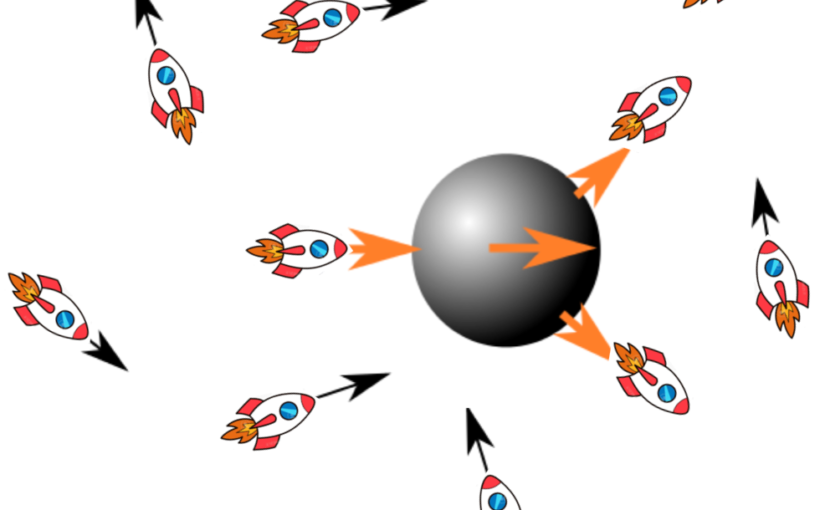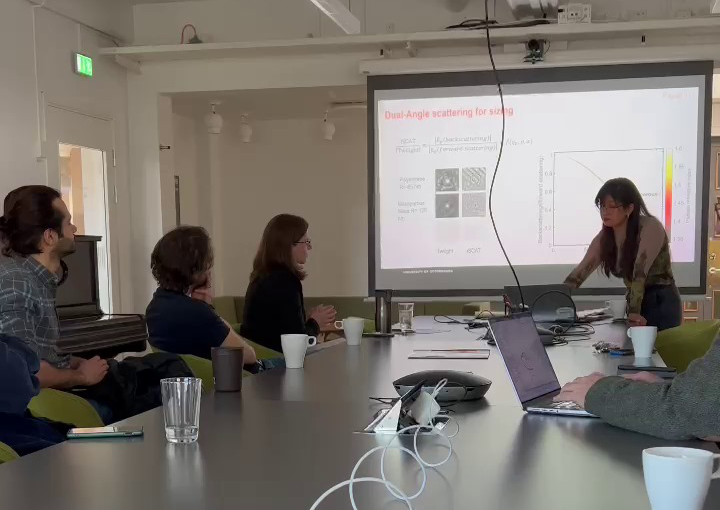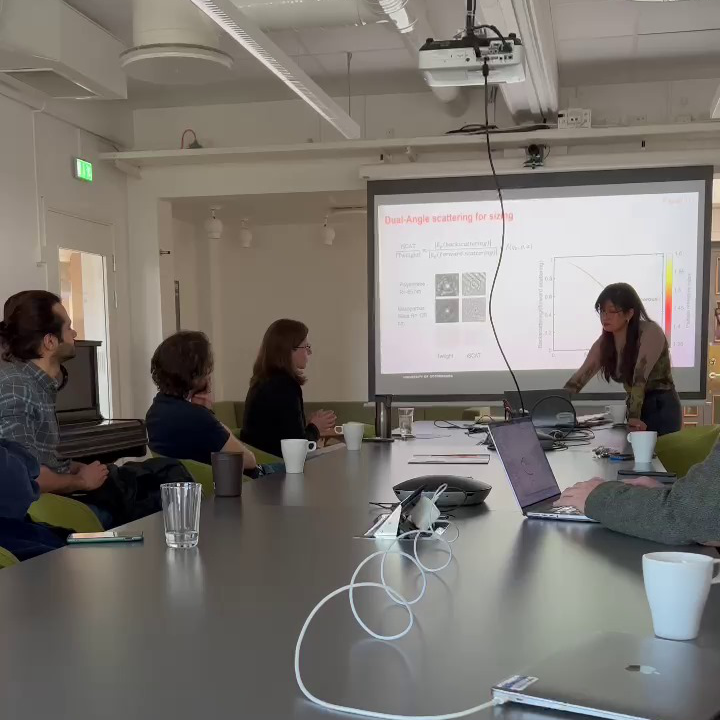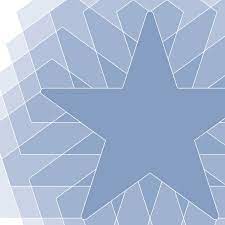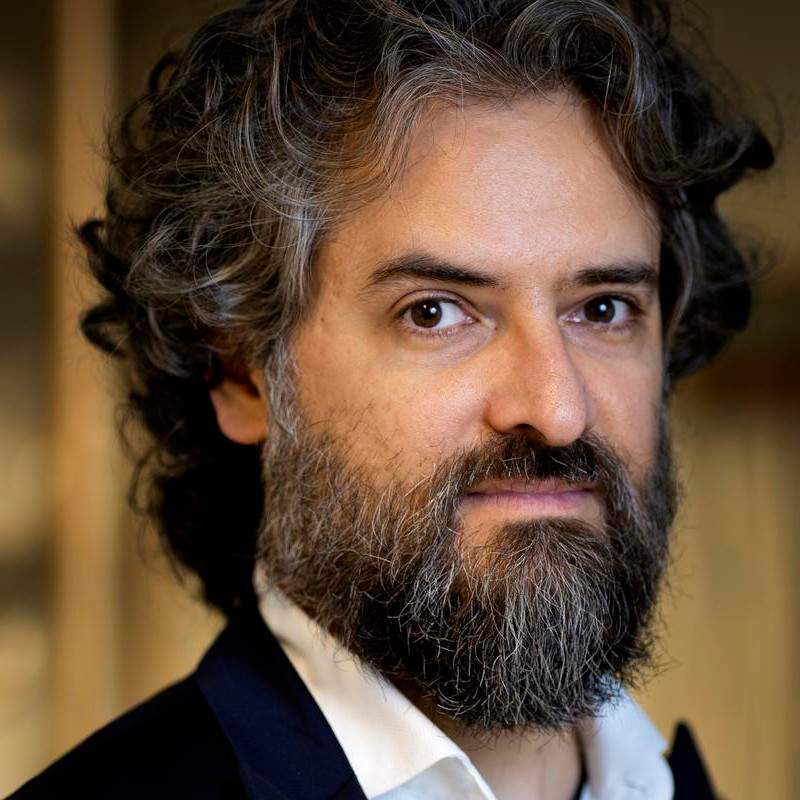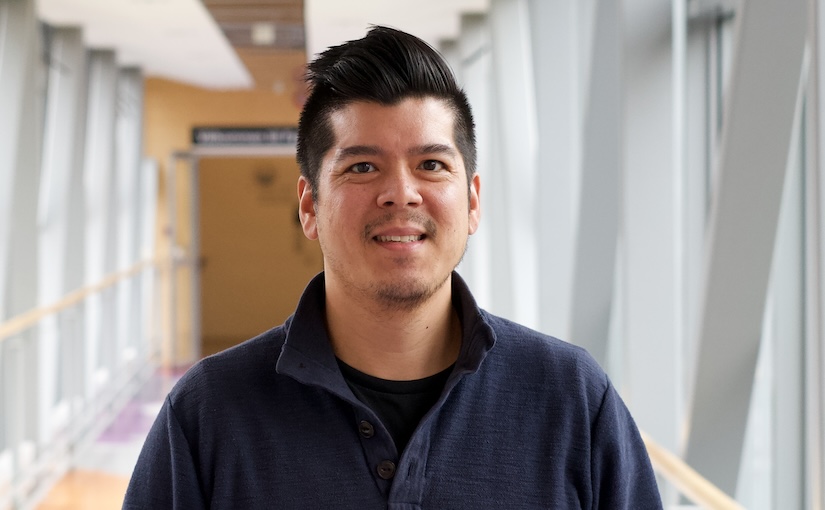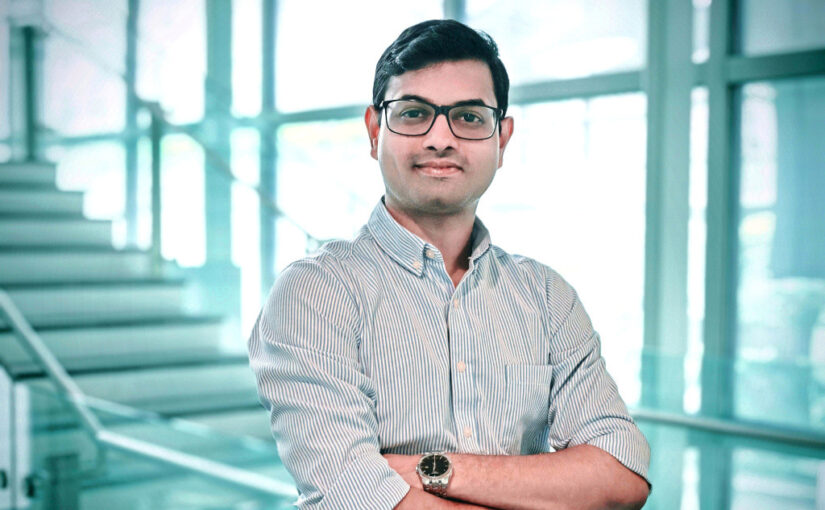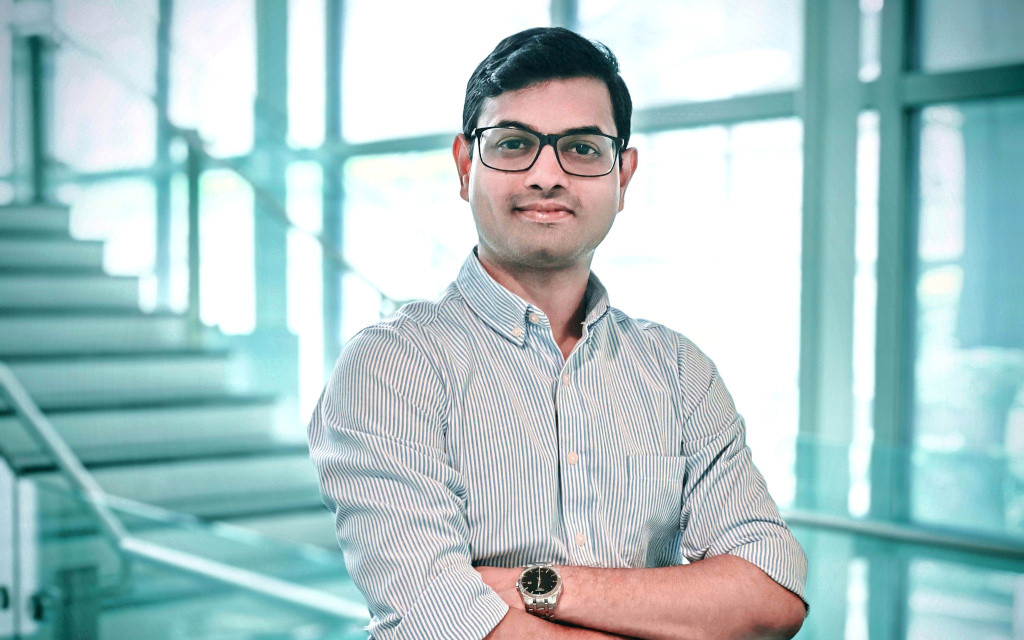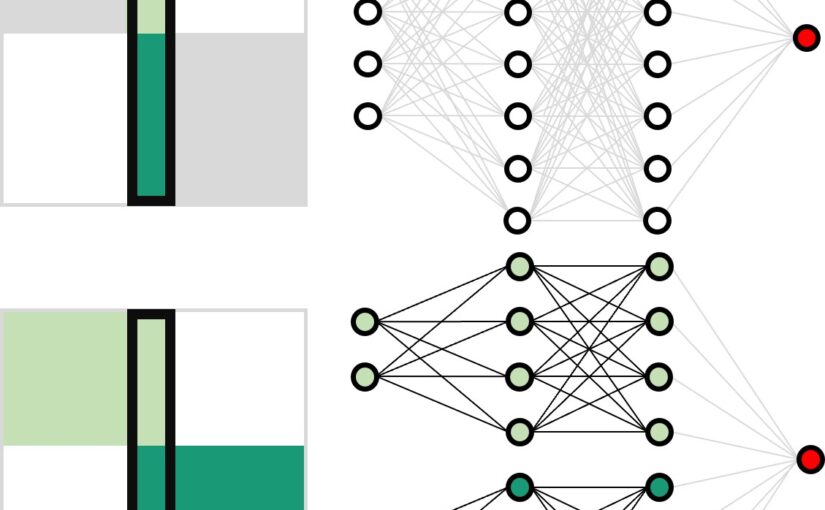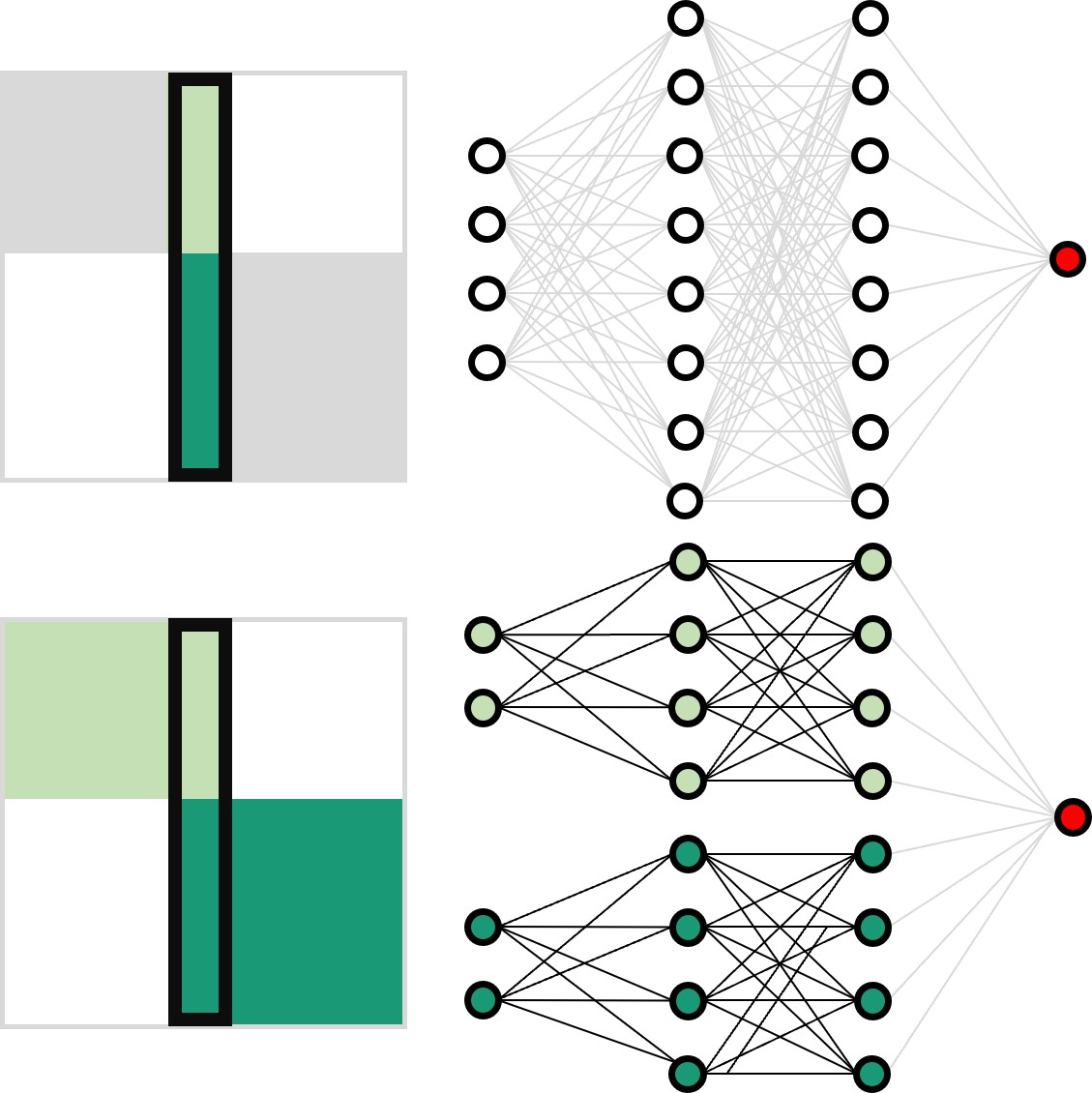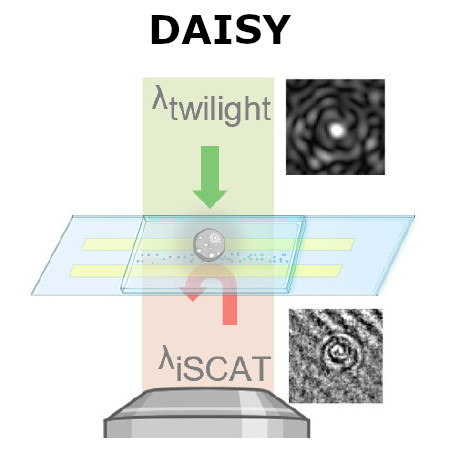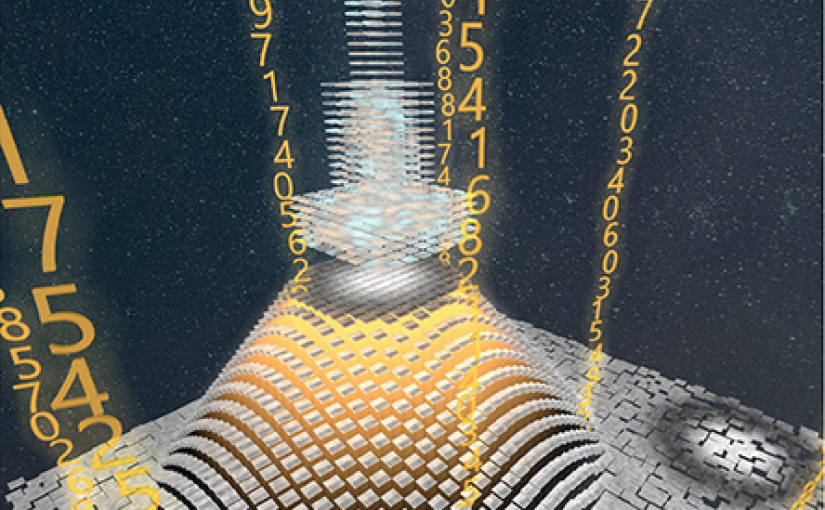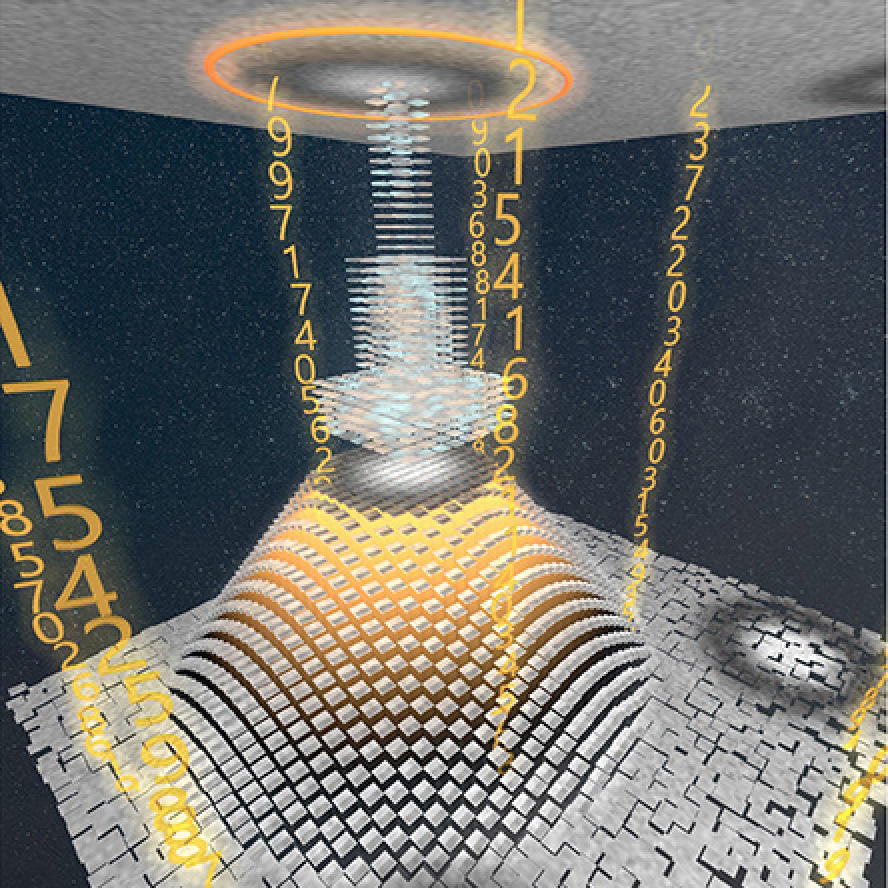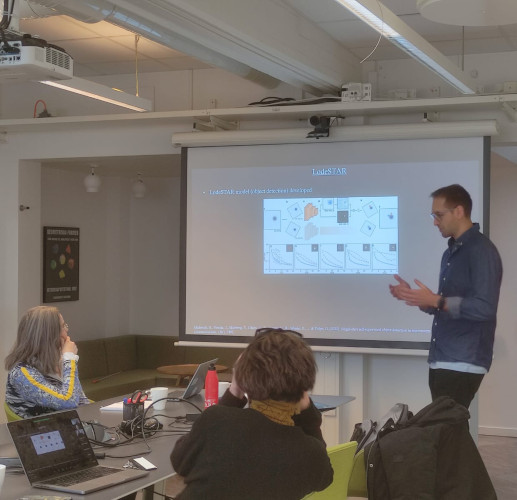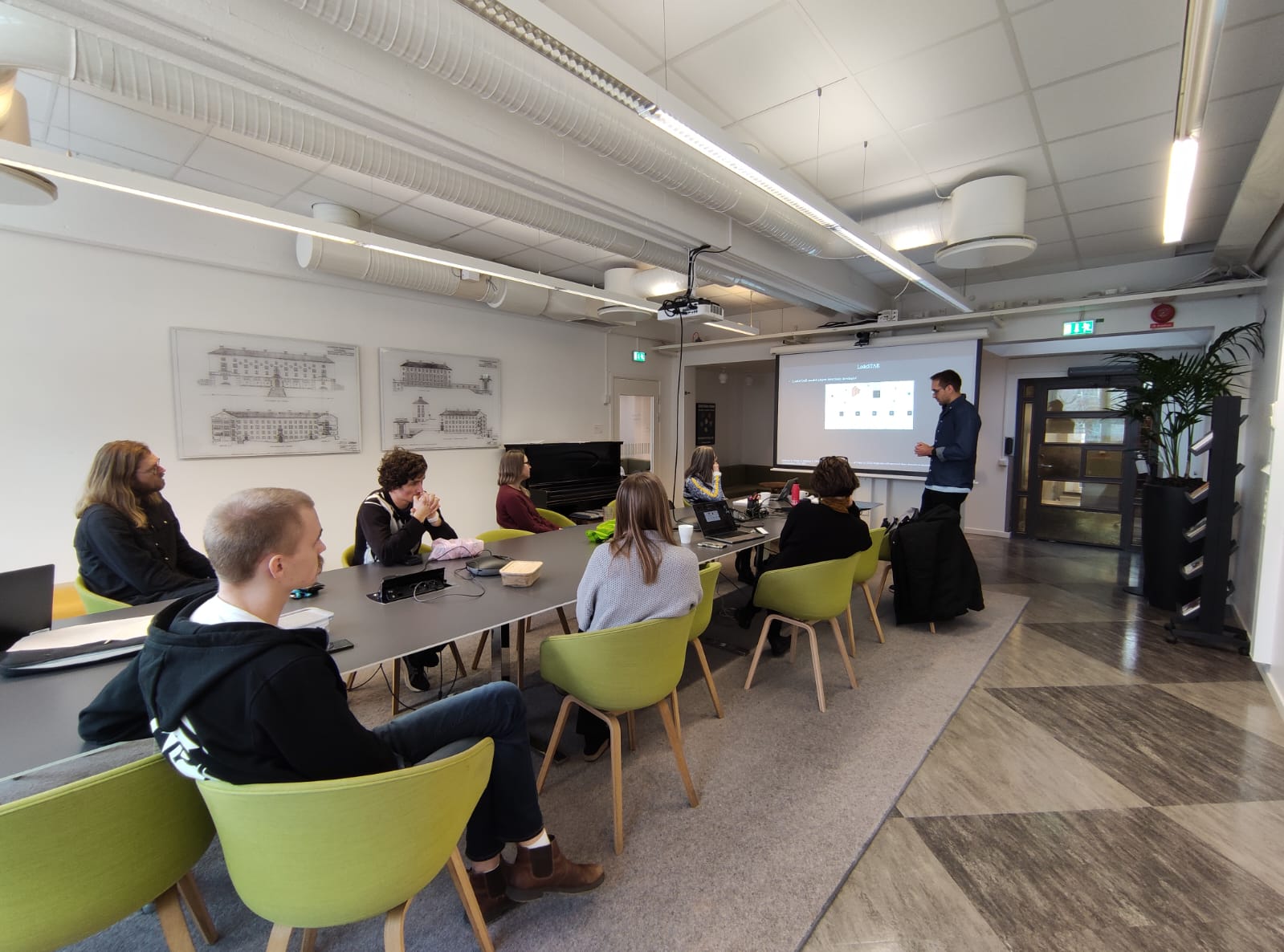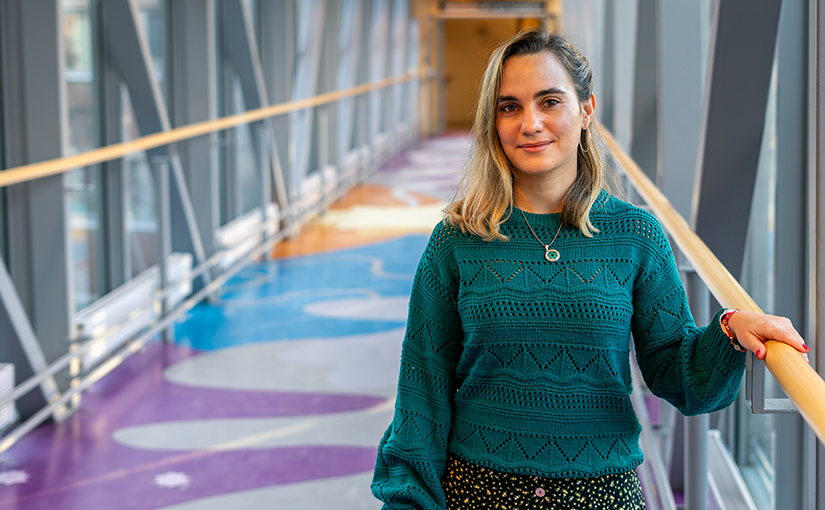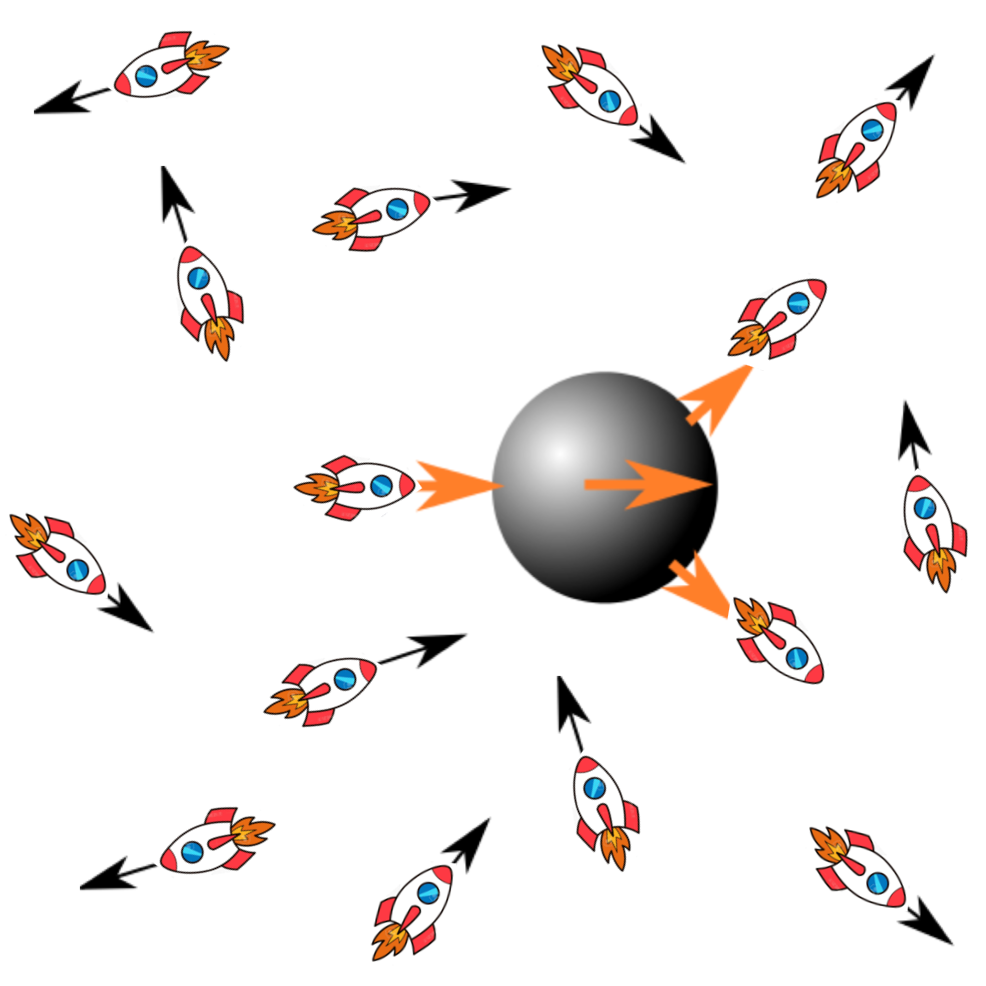
Wylie Ahmed
Laboratoire de Physique Theorique, Toulouse (France) and California State University, Fullerton (USA)
13 March 2024, 12:30, Nexus
Motivated by nucleus centering in mouse oocytes, we explore a different type of biological active matter. We investigate the stochastic force fluctuations of micro swimmers in two scenarios: (1) a single swimmer navigating through a passive fluid; (2) a dense suspension of swimmers surrounding a passive tracer. By direct force measurement using optical tweezers we show that the force trajectory of an individual micro swimmer exhibits rich oscillatory dynamics that vary in time. Interestingly, when these highly fluctuating force dynamics are analyzed using the framework of stochastic thermodynamics we recover energy dissipation rates in agreement with time-averaged fluid dynamics studies. For a dense suspension of swimmers serving as an active bath for a passive tracer we observe both shear thinning and thickening, which depends on Peclet number, and enhanced diffusion of our tracer by a factor of 2. We estimate the energy transfer rate from the active bath to the passive tracer. These two scenarios allow us to explore energy exchange between an active swimmer in a passive bath and a passive tracer in an active bath.
